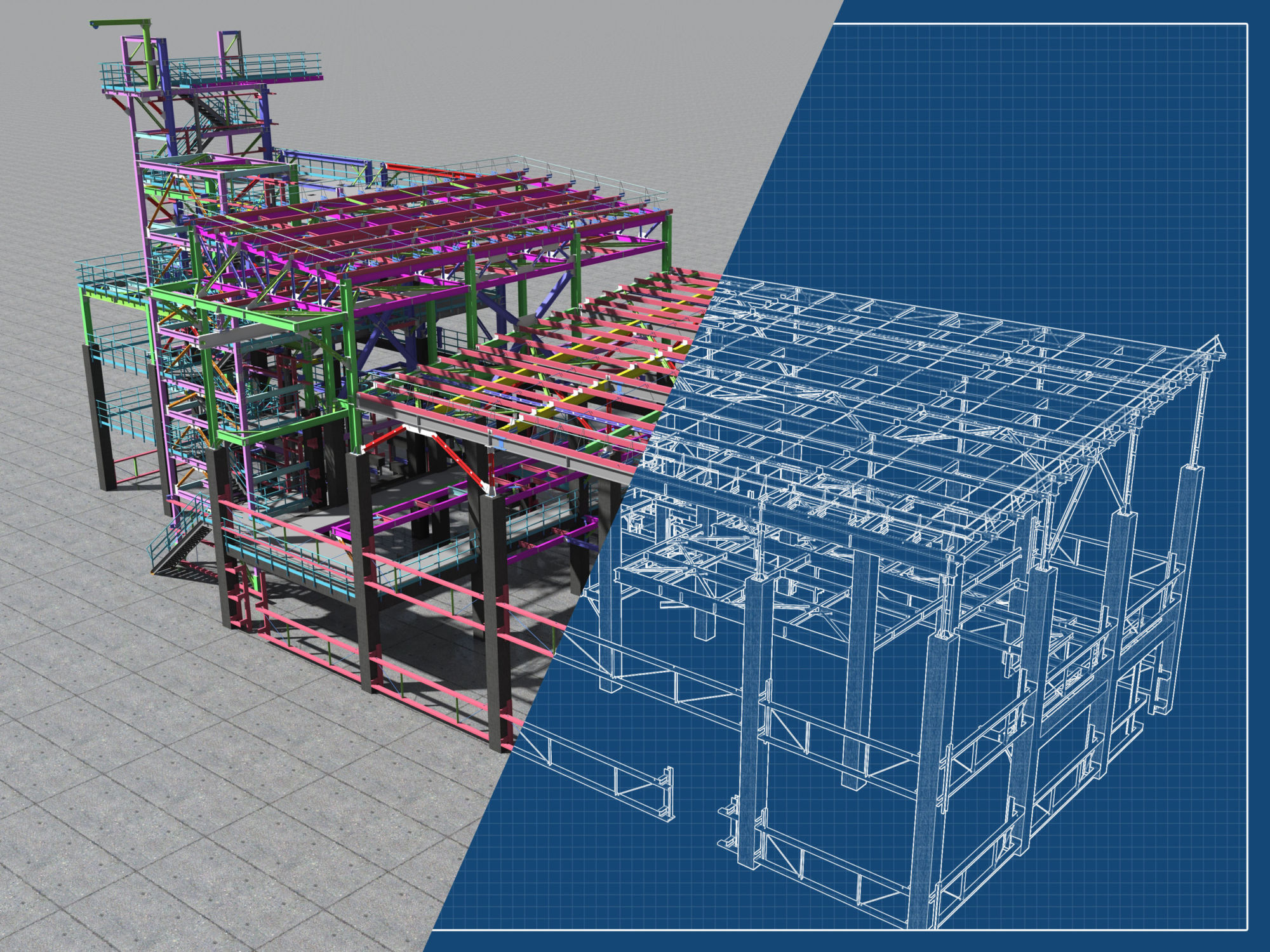The basic gist of Building Modeling Information (BIM) is that it is a 3D modeling process that aims to improve work efficiency with the use of advanced modeling, simulation, and collaboration software. On the surface level, BIM may seem like a simple project management tool with a lot of gimmicks thrown in to justify the price. However, it is actually more of a complex information hub that promotes digital collaboration for projects of all shapes and sizes.
To qualify as a BIM software, it must have the following features:
2D or 3D computer-aided design tools for architectural design and construction
Allows for collaborative efforts to be done on one or multiple given projects
Provides performance data and advanced analysis engines
Provides insight for optimizing building performance

Autodesk Revit – a well known BIM software. Photo courtesy of Gopillar Academy
BIMs can also aid firms in future planning, which is relevant in today’s uncertain times. In fact, the process is more than capable of helping bring firms back on their feet. The adoption of digital tools in most business sectors means that companies are looking for efficient ways of completing projects under the restrictions of the new normal. BIM is already helping professionals across industries survive. It allows engineers and architects to optimize designs for quality and performance.
BIM’s Standing in the Industry
BIM is the technology behind most of the construction world’s most ambitious projects, yet the international adoption rate pales due to common misconceptions surrounding the BIM process in general. As mentioned before, many see it as a simple modeling software or a project management tool that can be ignored for reasons concerning cost and time. To utilize BIM to its full potential, users and stakeholders alike must familiarize themselves with it on a collaborative level. It is not as simple as adopting unconventional technologies like say, augmented reality, and exoskeletons.
It has, however, seen recognition within developed countries, with some even having laws making BIM use mandatory for large scale projects. BIM is not entirely obscure either.
BIM’s Standing in the Philippines
According to a 2013 thesis on assessing the Impact of BIM in construction productivity, less than a third of the Philippine’s construction industry’s stakeholders have adopted the BIM process. Awareness of it is extremely low, as veterans are found to be more comfortable with working traditionally than opening up to other alternatives.
A more recent study from 2019 also had similar findings. This study focused on finding out the acceptability level of BIM in the Philippines, as well as other challenges that make BIM adoption difficult within the country. Surveys were sent to related construction companies in Manila to see how many were familiar with BIM, and whether or not it has positively affected their work.
The findings showed that there was an acceptance rate of 64.8% among the 110 respondents. The remaining 33.6% were shown to not even be aware of BIM at all. The most prominent reason for the non-acceptance of BIM was found to be the cost of learning and using the related software, as well as the lack of skilled BIM operators within the country. Professionals who were knowledgeable of BIM were in short supply, and often, they were too expensive for low to mid-sized firms to utilize.
While the benefits of BIM cannot be denied, mainstream appreciation for it can only happen if it either trends in the industry as a result of an unplanned publicity, or if the construction sector decides to promote it as a means of adapting to the new normal. The lack of knowledge on the subject is prevalent, but if people start to see BIM for its benefits rather than its disadvantages, it might get the recognition it needs in the foreseeable future.
![]()










